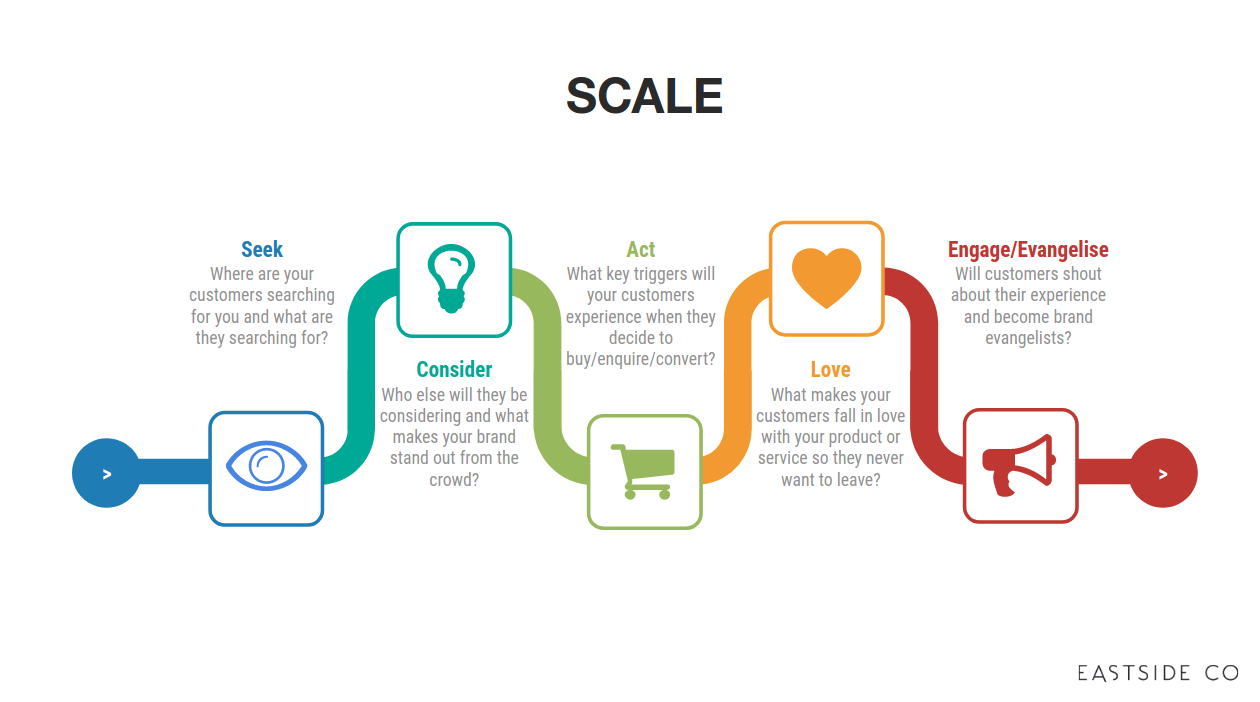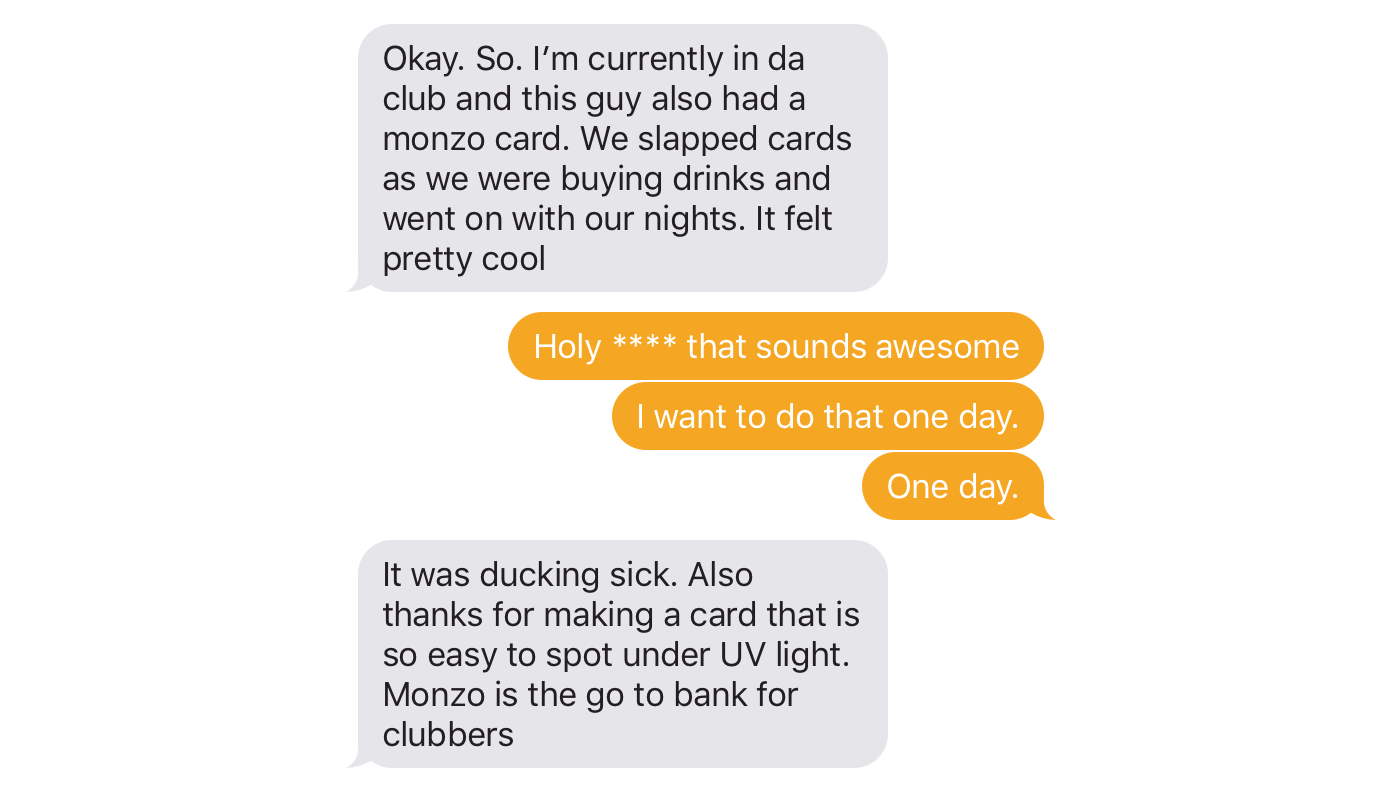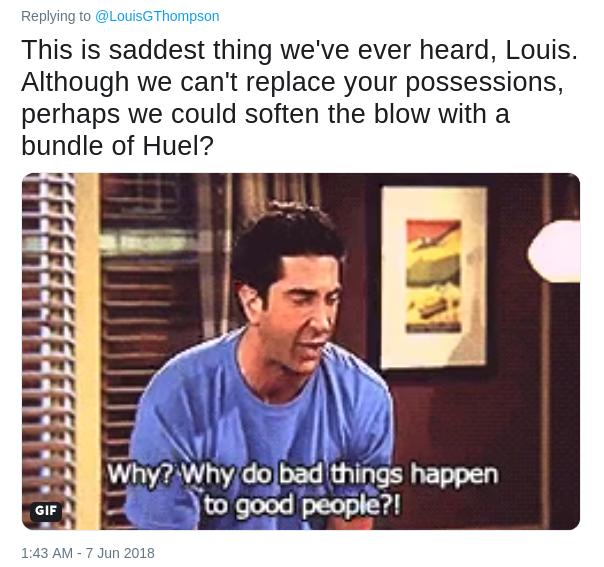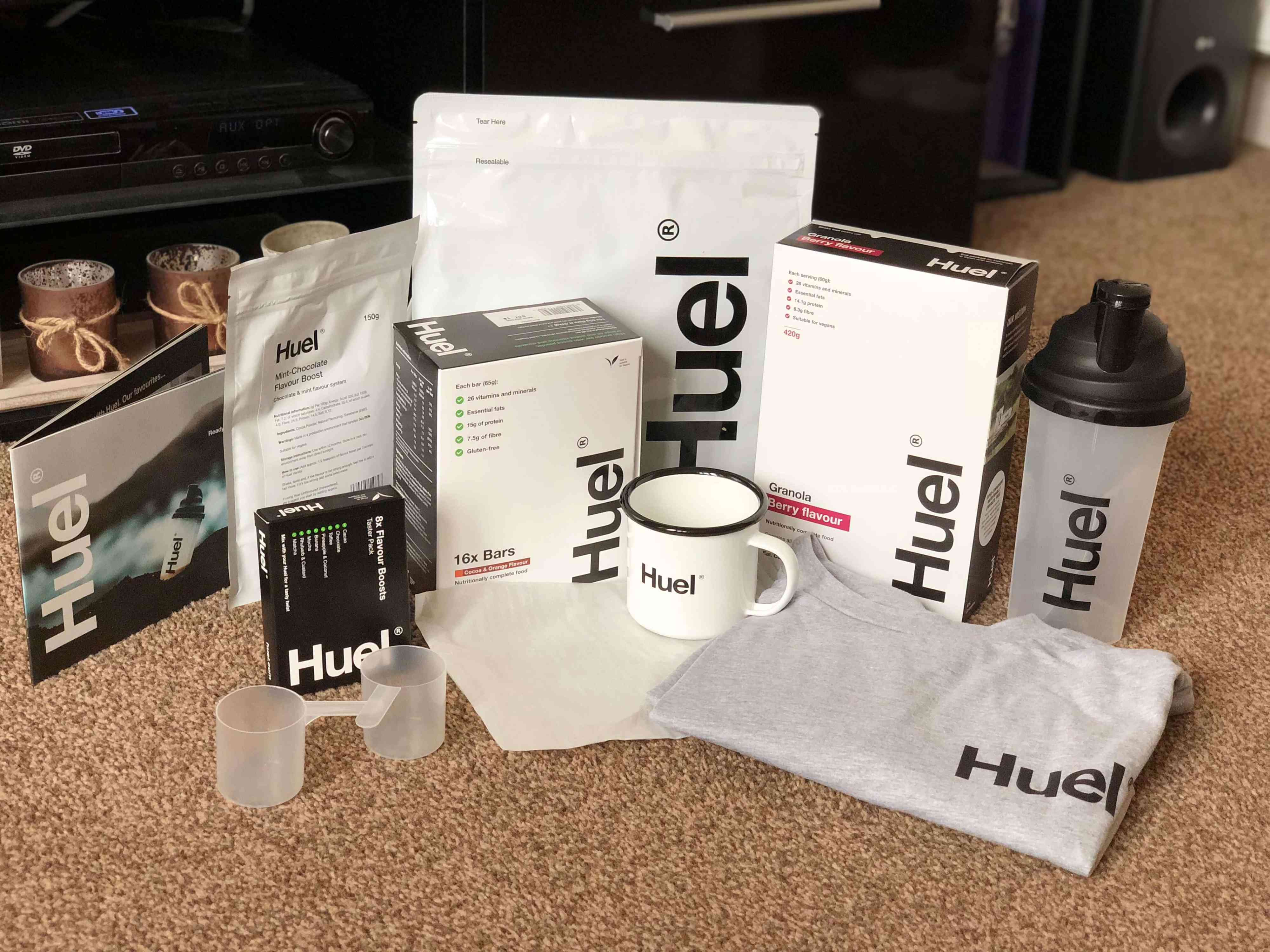Following another article about creating user journeys on your website, in this piece I’ll be exploring how businesses can use a framework to organise and structure their customer journey on a broader level - with the journey that starts before customers are even aware of your brand, all the way through to when you've persuaded them to become evangelists for your business and product.
Strategy Vs Tactics
Before we get stuck in, a quick reminder that Eastside Co has a whole team of marketing specialists who can create and deliver strategies for Shopify businesses. If you're interested in learning more, check out our range of marketing services.
What I have been lucky enough to realise is that most people - most brands - don’t have, or even understand, what a strategy is. What they have is a diverse range of tactics that they use to sell their products to people without any overarching “thing” that ties all of those different tactics together. Frankly, lots of brands are succeeding in spite of their marketing, not because of it.
In essence, I wanted to create something that helped people to organise the customer journey. Something to allow them to communicate and adjust their strategy, dependant on where a user was in the journey, and what their behaviour is as they go through the brand experience.
So let me show you the framework.
The Customer Journey
It’s called SCALE (and yes, it did take ages to create something that had a decent acronym!).
Scale stands for Seek, Consider, Act, Love, Engage.

In marketing, most people spend the majority of their time in the ‘Act’ stage, i.e. they are always trying to get people to convert - whether that means to make a purchase, submit an enquiry, subscribe to a newsletter etc.
We often focus on selling more than anything else, for the simple reason that the short term tactics give us more opportunity to retain a client and to be able to grow those retainers over time.
This segment is important, in fact without it, none of the rest of the journey work, but I would hedge my bets and say that the ‘act’ segment is more important to the brand than it is to the consumer.
What I’m really interested in is the less tangible stuff that surrounds that, such as:
- the reasons why a customer searches for a solution
- the considerations they have when looking at what’s available
- The onboarding and post-sale process
- What makes them stay and hopefully fall in love with a product
- Finally, what makes it so good that they can’t stop talking about it and do stuff like waiting in a queue overnight outside an Apple store before the launch of the latest iPhone?
As is often the convention, let’s start at the beginning: the search.
1 SEEK
I actually think the ‘seek’ stage is not only how new products are found, but also how they are made. Lots of products are built out of frustration. i.e. ‘I have a problem, it’s annoying, other people must have this problem - let me fix it’ or ‘I have a problem, there is another system or product out there but it does a bad job - let me do it better’.
In many cases the solutions are built on what I call a “Field Of Dreams” mentality.
This is the film in which Kevin Costner receives a message from the ghost of Ray Liotta who tells him to build a baseball field and says “If You Build It, They Will Come!” (The actual quote is 'he will come', but that doesn't work quite as well in this context, so we'll stick with 'they' for the purposes of this article.)
The problem is, lots of people do build great things and, the people don’t come. Maybe, just maybe, that’s because we are not talking to them in the right way about our products in the very early stages.
When you look at most communications around products (physical or digital products), people compete around features and functions, but that is rarely why people buy.
Why Do People Buy?
Let’s break this down. I think most people would agree that when people are searching for a product or service, they are searching for a solution to a problem. As an example, they might want to see how they rank on search engines, where all of their competitors rank and how they compare. They can do this themselves, manually, but that takes huge amounts of time, resource, and almost infinite knowledge of all of the different keywords that people might use.
So, the task that they are trying to complete is a keyword ranking analysis, but the problem they are trying to solve is “I want to save time and resource”. If we take it further and ask why they want to save time and resource, there could be a whole range of answers.
“Manual work means there is lots of room for human error.” “If I am doing this then I don’t get enough time on other work.” “I don’t have time to sell my services to new clients if I do this work.”
Or even:
“If I do this manually, then it means I have to stay late at the office and I don’t get to put my kids to bed at night.”
You can see how quickly we get from a list of features that allow you to achieve the goal of “Spending more time with your family”.
When I search for SEO tools in Google, I get around 296 million results and there are probably 3 or 4 tools I can name off the top of my head. I tend to lean towards Moz.com, not necessarily because they have the largest feature set, but because their aim is to create transparency in an industry that was traditionally opaque, which resonates with my core value within the work I do.
There are lots of great examples of this. Ring.com make doorbells. They are smart doorbells but they are in essence doorbells with a camera. Searching for that gives me around 27 million results, lots of which will probably present me with a range of doorbells with similar features and functions - but ring.com isn’t really about doorbells. Their raison d’etre is to “Increase Security In Neighbourhoods”.
All of this stems from a quote by the Harvard Business School Professor Theodore Levitt. He said:
“People don’t want to buy a quarter-inch drill. They want a quarter-inch hole!”
I would take it further and say people don’t want a quarter inch hole, they want to hang a photo of their family, or put up a shelf to show off awards or put their TV on the wall so they can “Netflix & Chill”.
For anyone that is still unsure about this, I would ask them to explain why someone would buy an iPhone X for £1,000, rather than an equivalent spec phone for a significantly lower cost.
It’s because they buy into Apple’s vision of “Thinking Different” or “Being Creative” or whatever else resonates with them.
My point here, is that when we are developing a new product or creating new features, we shouldn’t dismiss the “fluffy bullshit” but ask ourselves what the deeper reasons are behind the features and make sure they align with the core beliefs of the brand and products.
2 CONSIDER
Before everyone throws me out, I don’t want to dismiss features and functions completely. I think the next stage, the consideration stage, is where these become especially important. Inevitably, a product needs to meet a customer’s needs. Looking at SEO tools, as an example again, there are millions of results and the feature set will inevitably play a role in people’s choices but they are not the be all and end all, and they certainly won’t keep your customers around.
Let’s look at social media platforms as an example, specifically the ‘Stories’ feature on Instagram and Facebook.
This feature was actually introduced by Snapchat in 2013. It was a great feature that people on the platform loved.
Less than 3 years later, Instagram implemented a near identical functionality.
By the first quarter of 2018, Snapchat stories had 191 million daily active users whereas Instagram had rocketed to 400 million daily active users.
Stories was a brilliant feature for a social media network. Instagram recognised that and they stole it.
This is my key point here. All of your features and functions can be copied by your competitors and if you have built and sold your product purely on features and functions you will lose eventually. If you are lucky, somebody with deeper pockets will acquire you. If you are unlucky they will copy you and have a ready-made user base to target. They may even do it cheaper and faster than you can.
What cannot be copied is your brand. Your core truth. If you sell based on a “Why” that really resonates with your customers, they will stay with you regardless of other platforms’ features, prices and functions.
3 ACT
Moving into the next stage of the customer journey, ‘act’ is all about the experience people have when purchasing a product or service.
It does cover the purchase process i.e. their experience with your website, an enquiry, the sales process etc but this also covers the onboarding process. This is really where I think the core elements discussed in the first two stages must permeate an entire organisation. This is where your people and product have to inhabit the core values of your organisation too.
Yes, it means analysing data to understand how people are using your platform and optimising it to give them the best experience, but it also means making sure you don’t suddenly veer away from what I would call your “Core Truth”.
By that I mean, throughout the initial stages, you will have set an expectation about the persona of your brand. If throughout your advertising and sales process that has been very casual and personable but then on platform, you become very corporate and harsh, that will create a cognitive dissonance with your users. This applies to everything from the welcome message through to error messaging. All of this should be thought out and treated like any other content because, in honesty, if your user has made an error, it really means that the software hasn’t been clear enough about how it should be used so when it does happen, we should be as kind as we can to the user, even if sometimes we think they have been an idiot.
Now most product companies will have a defined beginning and end to their onboarding process, so what happens when they graduate from your process? For me it’s like when I left home. I was woefully unprepared for the real world and began what I like to refer to as the “crushing debt and crippling anxiety” stage of my life.
I joke but I do think that relates to a user. I think we should look at every interaction post-onboarding as either a debit or a credit from our user account. A bad experience creates debt, a good experience a credit. We build up a lot of credit up front because the customer is being wooed by sales and wined and dined by some sexy marketing messages. They are also in a honeymoon period because this new platform is saving them time and probably gives them better results but after that, they are left in the wild to figure out where to go next, unless there’s a new feature release or the price changes.
What we need to realise is that no matter how amazing your platform is, eventually “amazing” becomes the status quo. It’s at this point that many platforms start to build up that debt with users.
4 LOVE
The love phase is all about making sure we credit our users more than we debit them and if we see that debt building up, we take action to help them get out of the hole we have helped them dig and put them back in a good place.
One of the simplest ways to do this is purely through communication. That doesn't mean firing blanket emails about new features or pushing for them to upgrade plans, it means ensuring everything you do is heavily personalised.
I’m sure you’ve all experienced seeing advertising encouraging you to sign up to some software, even though you already have an account. It makes you lose a little bit of faith, doesn’t it? Let me tell you it’s much worse when that platform specialises in “highly segmented remarketing”. It makes you lose faith because it makes you feel like they haven’t valued you as a user and are just treating you the same as everyone else. That’s creating a debt.
Your communication beyond the onboarding should take into account as many user actions as possible and always aim to give the user more value. Is there something they haven’t implemented yet or you’ve spotted something they haven’t done? Then let them know, and give them clear instructions about the benefits of doing it.
If they haven’t logged in for a while, drop them an email to see if everything is ok or if they need help with anything specifically. These things create credit.
Creating a community is another element that will help you to build up those credits and maybe even have your users share those credits with each other. The people who do this well get a committed group of people who not only use their products, but help to improve them. Use your community to help inform your roadmap and where the product goes next, without diverting from your core principles.
I like to use Twitter as an example here. I really love the platform. At one point I was getting huge amounts of my daily information from it. As a company they have struggled to adapt and compete, but they are trying. There have been lots of product updates such as increased character count, feed changes, design updates etc. All of that’s fine; some of it is great in fact. Do you know what would really bring me joy though? Not complex algorithm updates, feed changes or linked conversations.
An edit button.
That’s all I want. I just want Twitter to give me the opportunity to fix my idiocy and spelling errors before the 5 people who see my tweet consume it.
So getting people to love your product isn’t really complex. At a basic level it’s about personalised two-way communication. It’s about owning every action on a platform, good or bad, and making decisions to better serve your audience, not just your top two clients.
When it comes time to sell in extras or upgrades, do it, but put boundaries in place. There’s nothing worse than a salesperson phoning you every day for an update and the same applies to email. If you aren’t getting the interaction on a specific message, change the conversation, resegment the user so you can offer them more value before you sell to them again.
5 ENGAGE
The final segment of the user journey is the ‘engage’ or evangelise segment. This is where you go beyond ‘love’ into a different realm of commitment. These are the people who are so obsessed with your product that they can't stop talking about it. They want to tell everyone about it and they want everyone to be on it. These are the iPhone users who queue up for hours and mock Android users. It’s the Android users who join open source communities and mock the iPhone users. It’s the members of the Bulb utility company who refer their friends to get £50 but also because they feel like they are saving the planet. It’s the people who defend Elon Musk even when he implies a man trying to save some kids stuck in a cave is a sexual deviant. Ok…so it’s not all good.
One of the best examples of this in recent times is Monzo. A startup bank that built its platform from the ground up and continues to disrupt the banking industry.
Go to the monzo website and click on the about page. Right away you’ll see the words “We're building a bank, together - At Monzo, we’re building a new kind of bank. One that lives on your smartphone and is built for the way you live today.”
What Monzo has done is a mix of everything I have talked about. Yes it was great marketing, messaging and holding core values that ran through everything they did, but it was also great technology in an industry built on legacy that I am sure any developer who examined their codebase would hate.
On their ‘About’ page, they also talk about other things that no other bank was talking about. Community, transparency, solving problems, tone of voice.
Here’s the thing. They talk the talk really well, but are they walking the walk?
How many people regularly hear about failures from their bank if they are with a major high street bank...not many, right?
Well, every time Monzo has an issue, not only do they tell their users, they write a full breakdown of what the issue was, why it occurred and what plans they have to prevent it in future. They even have a transparency dashboard that has an incident log, community, investment practices and much more. When they make mistakes they own it fully and tell their users everything. For me, that means I offer them much more forgiveness than I would most companies. They set up a specific Twitter account that immediately reports any and all issues.
What about customer service with banks? Does anyone who is a customer with a major bank enjoy picking up the phone or starting a live chat with them..? I bet there aren’t many. Monzo pride themselves on their customer service and I’m just going to pick up tone of voice here. They talk to their customer like they are friends, not like an issue they have to deal with. So they answer customer service queries really well like this, but they also do stuff like this:

What do they mean when they say we are “building a bank together”? Here’s one example. Monzo set up Monzo Labs which is essentially a beta test group by another name. They are literally inviting their customers to feed back on new functionality, and openly sharing their roadmap.
The Monzo Head of Marketing and Community, Tristan Thomas, said:
“The goal is broadly to get to a stage where customers are referring their friends because they love the product and feel like they’re part of the mission – you need to take customers away from being ‘standard customers’ to being advocates feeling like they’re part of it.”
This quote perfectly encapsulates the process of creating evangelists. Your product being good isn’t enough, you have to make people feel like they have a stake in what you’re doing. You have to consistently create moments of delight.
Another company that does this that I have personal experience with is Huel who make meal replacement shakes on subscription.

Let’s be clear here. This was not Huel’s problem. I was an idiot. I didn’t put the lid on my shaker properly and it leaked all over my bag. Nothing was broken or ruined. It was just an inconvenience at the start of my day and I did what everyone does. I vented about it to get attention on a social network.
Here’s the great bit.
This is the reply I got from Huel.

It’s not wonderful because they resolved a customer complaint, or answered a question I asked. It’s wonderful because they did something when they absolutely, unequivocally didn’t have to. They took a shitty situation for me and made it into a wonderful situation.
A couple of days later I received this:

So, for very little cost in time or product to Huel, they have made me a lifetime advocate of what they do and I spent about a day writing and promoting a blog post about what they achieved through a simple tweet.
To conclude
This is how you create evangelists. You do things that you don’t have to in order to create moments of delight. You create these with enough people that you have a whole host of people marketing your product for you 24 hours a day, 7 days a week and those people are still paying your for your product or service, as well as adding more people into your pipeline.
Evangelists come from giving VIP treatment. Arrange meetups to discuss the direction of the company, share roadmaps, talk about your technology and the industry trends you see. Invite key partners to share their stories and ask your ambassadors to take up specific roles in your community.
Every time someone tags you on social, picks up the phone, drops you an email - they’re all opportunities to create a moment of delight.
So next time someone encounters an error message on your platform or raises a bug with you, don’t get frustrated - reward them over and above their expectations.



